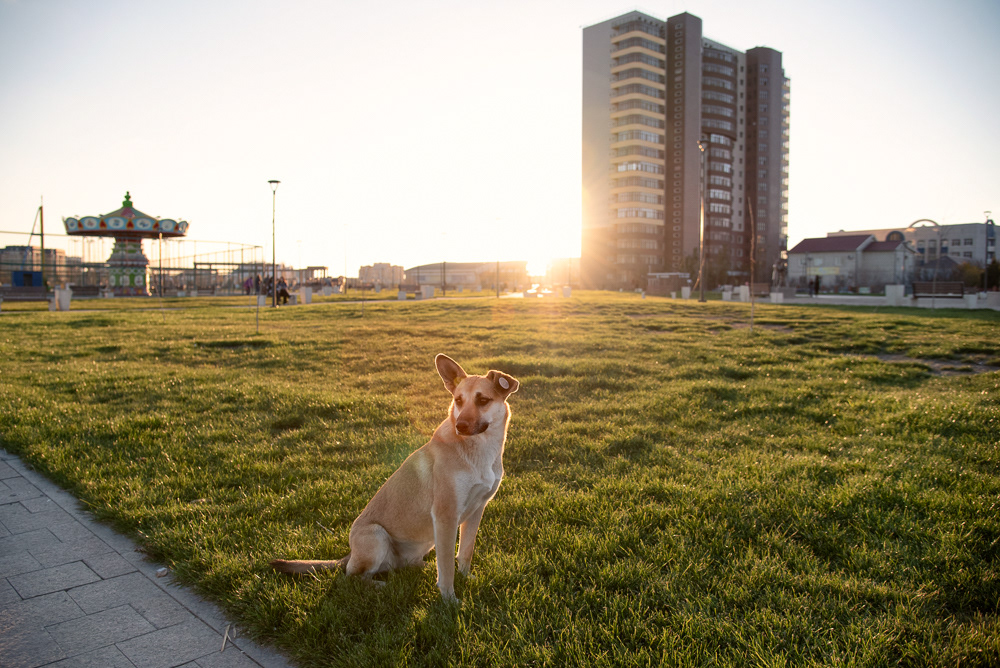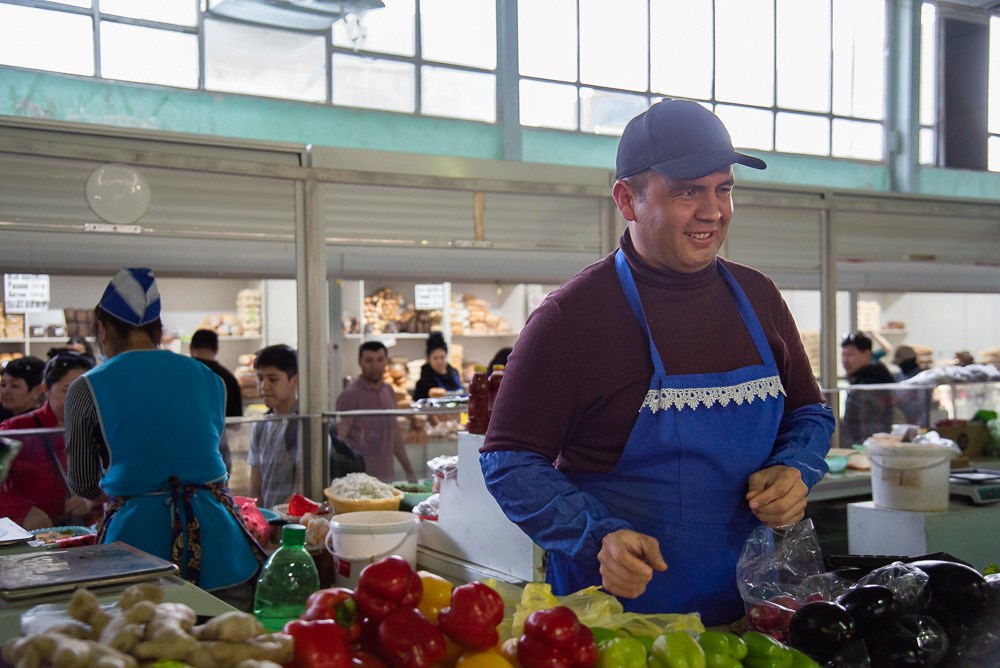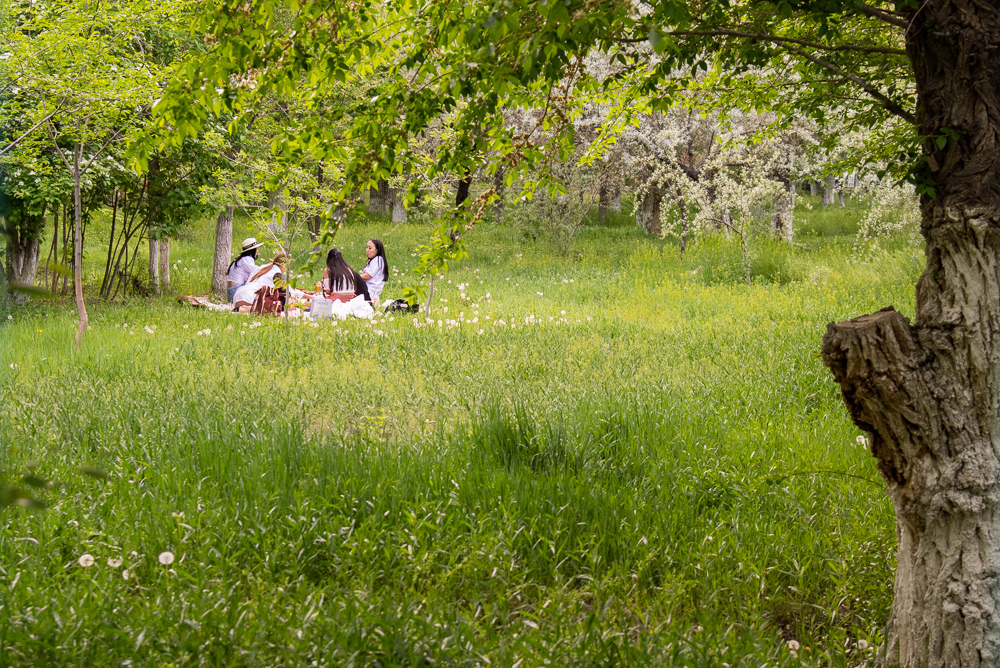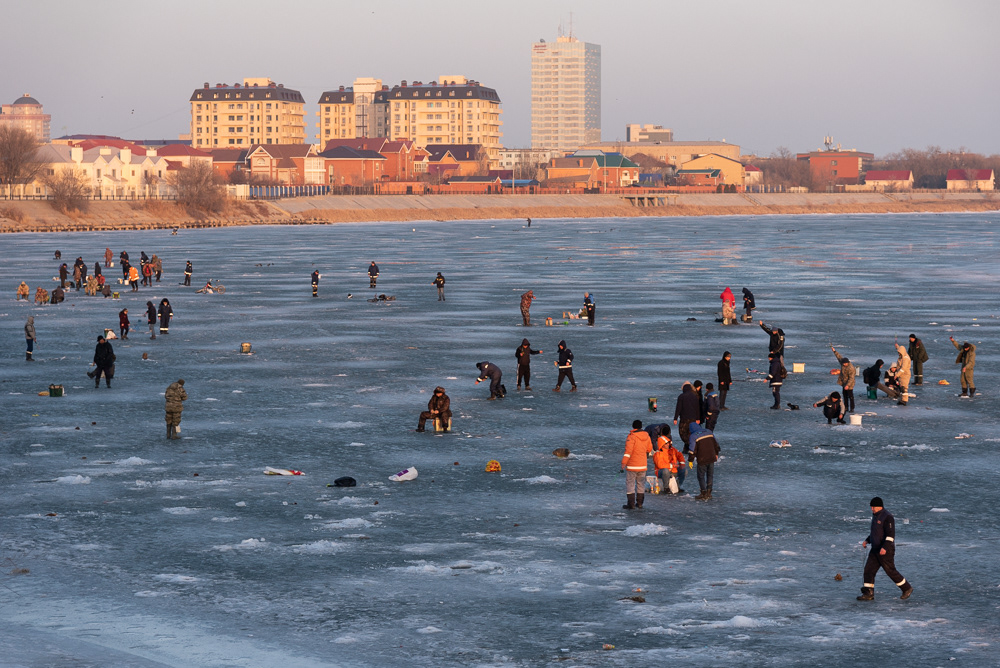


























Rising out of the flat, dusty, Eurasian steppe meekly sits Atyrau, Kazakhstan. The city is divided by the Ural River, which snakes its way down from Russia and into the Caspian Sea. As a continental border, the Ural disperses one half of Atyrau’s population in Asia and the other in Europe. However, the diverse cultural influences of Atyrau are less due to geographical divides and more a result of Kazakhstan’s long, involved history. Upon withdrawing from the USSR in 1991, Kazakhstan became an independent nation. Over these past 30 years, Atyrau shifted from a collection of fishing villages to Kazakhstan's economic powerhouse. Sitting atop the Caspian region’s largest oil reserve, which also happens to be one of the largest in the world, western influences pour investment into the region in hopes of extending drilling rights to the steppes’ plethora of crude oil and natural gas. Divided for generations, these different peoples now assimilate under the same flag and navigate a new way of life–one recently returned to the control of the Kazakh people and its young government. While Russian is still the dominant language spoken in the region, a new Kazakhstan pushes for change, having recently demoted Cyrillic to a Latin-based script. This youthful country now etches out a new future, one that is welcome but uncertain. My series Atyrau expresses my growing understanding of a culture clash between native and transplant in a multi-ethnic region while also exposing an expanding city caught amid the glitz of development and the shade of Russian intent. The vintage Soviet appeal and burgeoning growth that these images represent capture not only a city in transition and a country in search of a new identity, but also my own journey towards independence coupled with a sense of belonging.


























